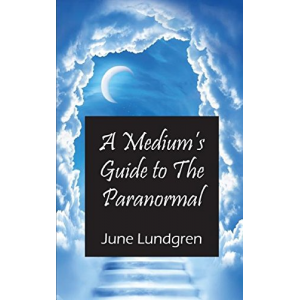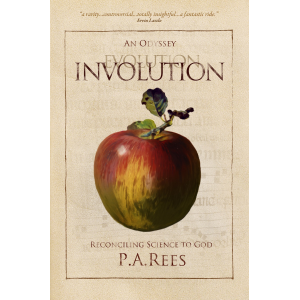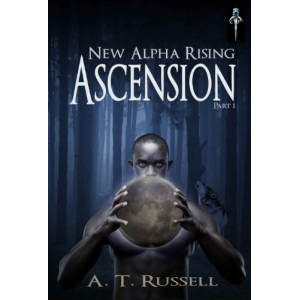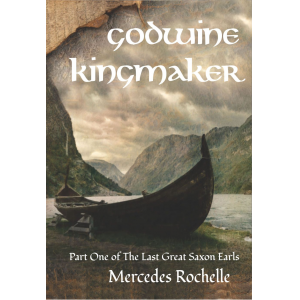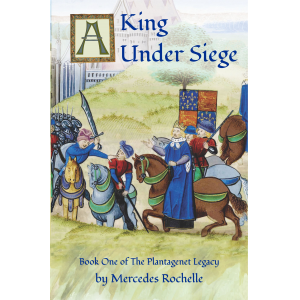Amazon Reviews
🔗 http://www.amazon.com/Red-Gate-Helped-Uncover-Familys/dp/1441472258/ref=sr_1_1?tag=freado0c-20&ie=UTF8&s=books&qid=1245847439&sr=1-1- Author
- Book
- Story behind the book
- Media Links
- Reviews

Richard Sutton
About
From San Rafael, California on a windy January in 1952, I'vetaken quite a few steps. Some confidently, and some very tentative, butthey've got me this far. My fathertoldme how to walk in the woods when I was about 6, howto pilot a boat when I was 8, bought me a Kay guitar when I was 9 thentold me not to ever join the armywhen I was about 13. College in 1969. Everything else, until Imet my wife onCanalStreet in 1973, is complicated filler along withsome great lessons. Since then, I 've been lucky enough to havehad a chance toconcentrate onwhat I really love about being alive in this amazing Creation. That,and to read what I like, when I like and listen to and make the kind ofmusicthat gives me peace. Our family business, since 1985 has been trading and retail intheAmerican Indian arts, primarily Southwestern cultures. Indigenouscultures world wide, have an amazing resilience and ability to enduredespite the most repressive conditions imposed by more "advanced"occupiers. This has been the norm since we emerged to find theicemelting! I try to reveal characters in whom this interplay andstruggle is evident, in my writing. | |
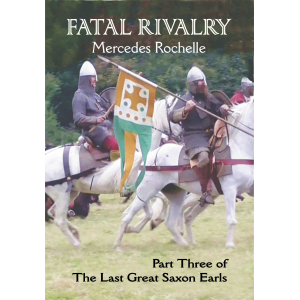
Fatal Rivalry: Part Three of The Last Great Saxon Earls
Description
<p>In 1066, the rivalry between two brothers brought England to its knees. When Duke William of Normandy landed at Pevensey on September 28, 1066, no one was there to resist him. King Harold Godwineson was in the north, fighting his brother Tostig and a fierce Viking invasion. How could this have happened? Why would Tostig turn traitor to wreak revenge on his brother?<br />The Sons of Godwine were not always enemies. It took a massive Northumbrian uprising to tear them apart, making Tostig an exile and Harold his sworn enemy. And when 1066 came to an end, all the Godwinesons were dead except one: Wulfnoth, hostage in Normandy. For two generations, Godwine and his sons were a mighty force, but their power faded away as the Anglo-Saxon era came to a close.</p>
Story Behind The Book
For some people, finding a course in life comes later than you might expect, or through pressures and changes you haven't planned for. The main character, Finn O'Deirg, finds himself oddly unsuited for the life he leads, and longs for more fulfillment. The traditional life isn't as comforting as he thought it would be. Be careful what you wish for, Finn. Sometimes the most obvious clues are right beneath your feet, the very last place you'd expect to find something important. Maybe even something that could change the world.
Reviews
"The Red Gate is hard to lay down. A thoroughly intriguing story and character line. Richard Sutton's unique personal style introducing different characters and situations, smoothly ties in the various threads and guides the story to unexpected conclusions. Whether from close research and study or from personal observation, Mr. Sutton has captured the Irish weather and the experience of muddy rutted roads in a skillful and authentic manner. His descriptions of the people and places are complete and accurate without being overdone. There is a subtle romantic thread running through the book; so understated in fact that the reader is unsure whether to take it seriously. Did they get together or not? . . . I'm not telling. A very enjoyable read. I am looking forward to the sequel."<br /><br />Jarrel R. Jackson
